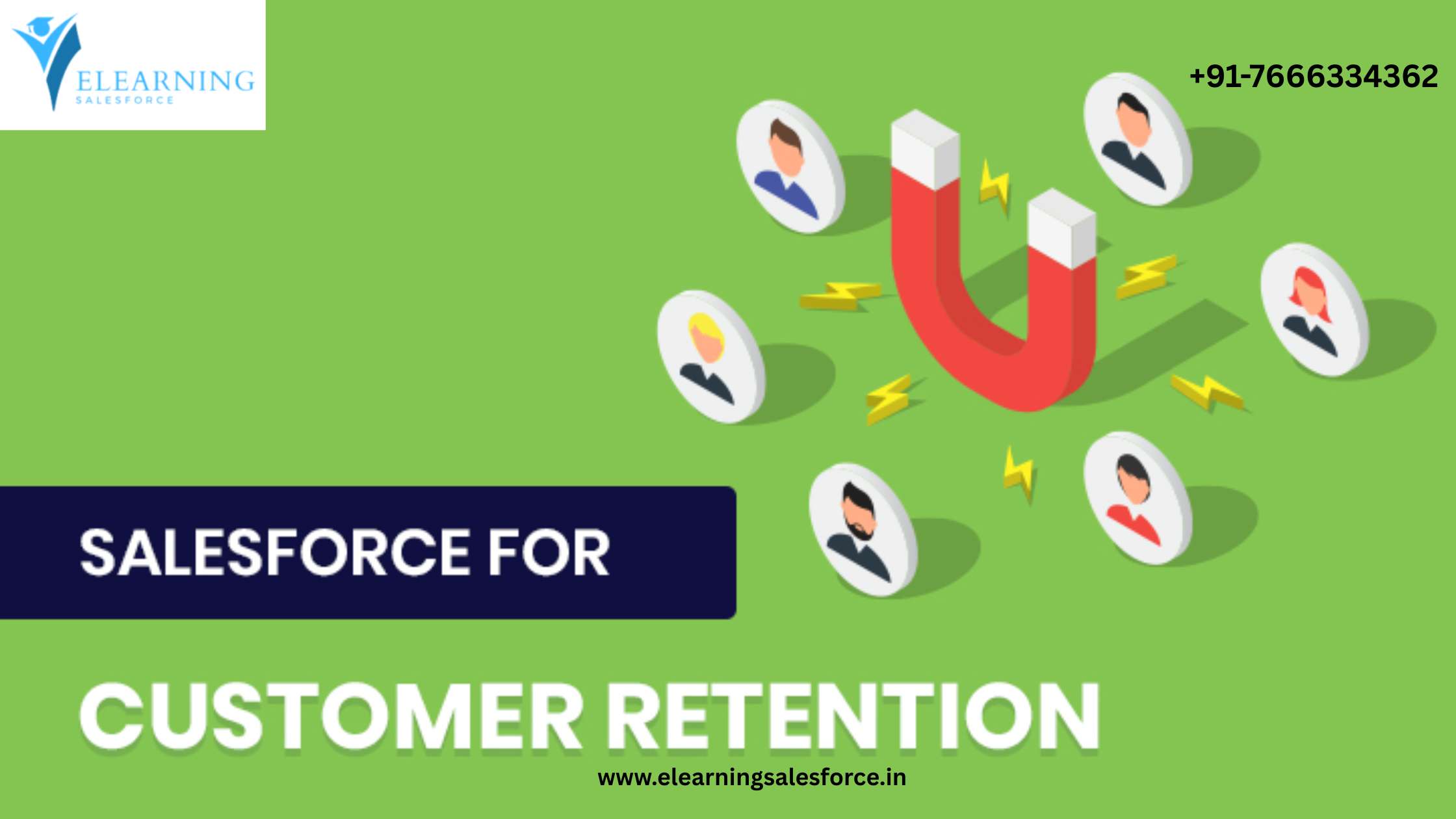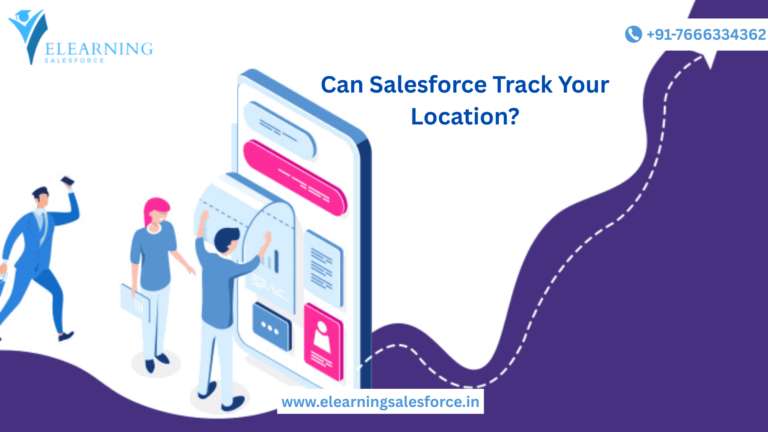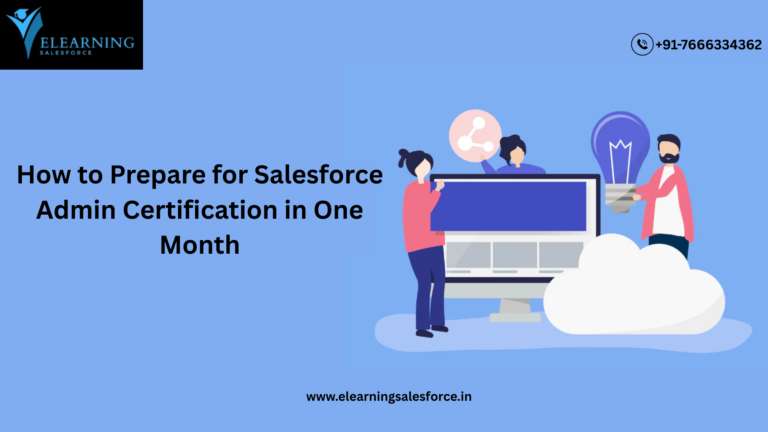Introduction: Why Customer Retention Matters
Imagine this: You spend a lot of time, effort, and money acquiring new customers. But what if they never return? According to research, retaining existing customers is 5 times more cost-effective than acquiring new ones. This is where Salesforce, the world’s leading CRM, comes into play.
If you’re new to Salesforce and wondering how it can help improve customer retention, this guide is for you! We’ll break down key concepts, highlight current market trends, and give you practical tips to keep your customers happy and engaged.
Understanding Salesforce and Its Role in Customer Retention
Salesforce is more than just a CRM (Customer Relationship Management) tool; it’s a complete customer success platform that helps businesses build long-term relationships. It allows you to:
- Track customer interactions
- Automate follow-ups
- Personalize customer experiences
- Analyze customer behavior
- Predict churn risks and take proactive actions
By leveraging these features, businesses can create a seamless experience that keeps customers coming back.
Market Trends: The Shift Toward Customer-Centricity
- Personalization is Key— Today’s customers expect brands to understand their needs. Salesforce’s AI-driven Einstein Analytics can help businesses predict what customers need before they even ask.
- Omnichannel Support—Customers engage with brands through multiple platforms. Salesforce Service Cloud integrates various communication channels, ensuring no query goes unanswered.
- Proactive Engagement – Businesses using automation tools like Salesforce Marketing Cloud can send personalized recommendations, promotions, and reminders to keep customers engaged.
Practical Salesforce Strategies for Customer Retention
1. Use Customer Data to Deliver Personalized Experiences
Salesforce enables businesses to store and analyze customer data. Use this data to:
- Send personalized emails and offers
- Recommend relevant products
- Celebrate customer milestones (e.g., birthdays, anniversaries)
2. Leverage Automation for Timely Follow-Ups
Don’t let customers slip away due to lack of communication. Use Salesforce workflows to:
- Automate post-purchase follow-ups
- Send reminders about upcoming renewals or offers
- Notify sales reps when a high-value customer hasn’t engaged in a while
3. Monitor Customer Satisfaction with Surveys
Salesforce Survey tools help you collect feedback. Happy customers stay longer, so regularly check in with them through:
- Net Promoter Score (NPS) surveys
- Customer satisfaction (CSAT) surveys
- Follow-up emails post-support interactions
4. Offer Excellent Customer Support with Service Cloud
Service Cloud enables businesses to:
- Provide 24/7 support through AI chatbots
- Create a knowledge base for self-service solutions
- Assign cases to the right support agents for faster resolution
5. Predict and Prevent Churn with AI Insights
Salesforce Einstein Analytics can predict which customers are at risk of leaving. Businesses can then
- Offer exclusive discounts or incentives
- Reach out personally to address concerns
- Provide additional training or support
Real-World Example: How a Small Business Increased Retention by 30%
Let’s take the example of a mid-sized SaaS company that struggled with customer retention. After implementing Salesforce, they:
- Used AI-driven recommendations to upsell relevant features
- Automated renewal reminders and personalized emails
- Integrated all customer support channels into one dashboard
Within six months, they saw a 30% increase in customer retention and 40% more engagement in loyalty programs.
Taking Your First Step Toward Success
Customer retention is not just about keeping customers—it’s about making them loyal brand advocates. Salesforce provides the tools, but it’s up to you to implement them effectively.
you may be interested in this blog here:-
Advanced OOP Concepts in SAP ABAP A Comprehensive Guide
Salesforce Developer Salary in India An In-Depth Analysis
Generative AI in Manufacturing Industries: My Journey to Production Line Optimization
C++ Programming Course Online – Complete Beginner to Advanced




